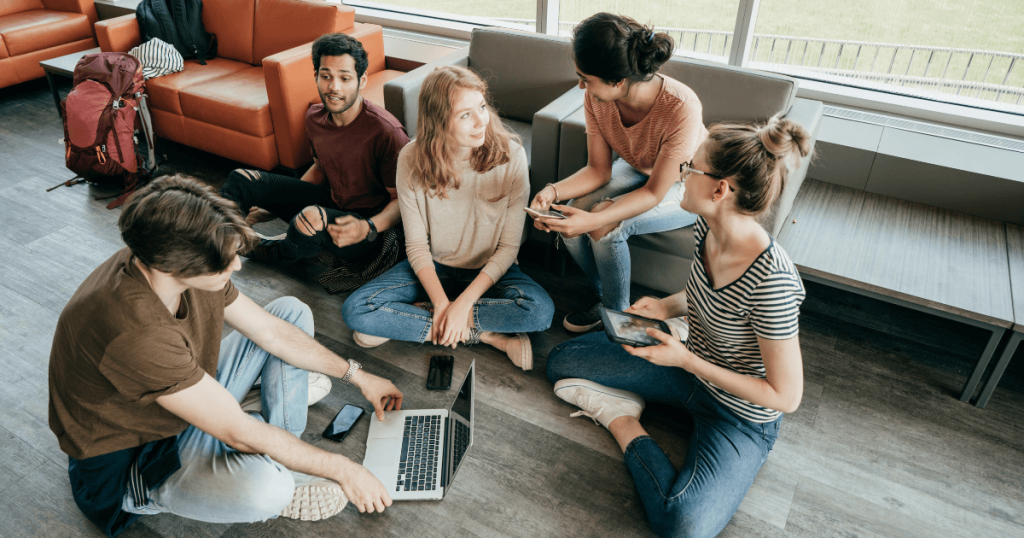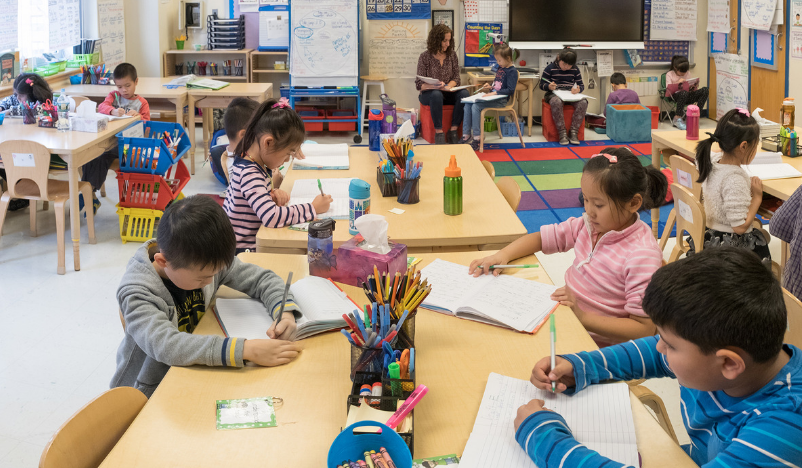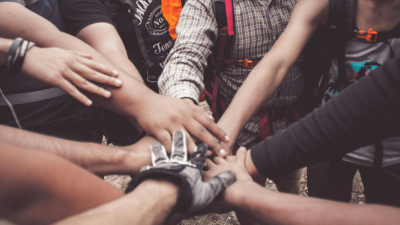Community building in education represents the intentional process of creating connected learning environments where students, teachers, and families work together toward shared educational goals. This approach transforms traditional classroom dynamics into collaborative spaces that foster deeper engagement and meaningful relationships.
The concept extends beyond simple group work or classroom management techniques. True educational community building involves establishing trust, shared responsibility, and mutual support systems that enhance the learning experience for everyone involved.
Modern educators recognize that learning happens most effectively when students feel genuinely connected to their peers, instructors, and the broader educational mission. This connection creates psychological safety that encourages risk-taking, creativity, and authentic academic growth.
Foundation Elements of Educational Communities
Successful educational communities start with establishing clear shared values that guide all interactions and decision-making processes. These values become the framework for resolving conflicts, celebrating achievements, and maintaining consistent expectations across different learning situations.
Physical and virtual spaces play crucial roles in community development. Classroom arrangements, common areas, and digital platforms must facilitate interaction, collaboration, and inclusive participation among community members.
Communication patterns within educational communities differ significantly from traditional teacher-centered approaches. Open dialogue, active listening, and respectful disagreement become normal parts of the learning process rather than disruptive interruptions.
Building Connections Among Students

Peer relationships form the backbone of strong educational communities. Students who know each other personally invest more energy in collective learning goals and provide natural support systems during challenging academic periods.
Social-emotional learning integration helps students develop empathy, communication skills, and conflict resolution abilities that strengthen community bonds. These skills transfer directly to academic collaboration and lifelong relationship building.
Student voice and choice in community decisions create ownership and investment in shared outcomes. When learners help shape their educational environment, they become active stakeholders rather than passive recipients of instruction.
Teacher’s Role in Community Development
Educators serve as community facilitators rather than authoritarian leaders in well-functioning educational communities. This shift requires developing new skills in listening, consensus-building, and shared decision-making processes.
Modeling collaborative behavior demonstrates expected community norms more effectively than rules or policies alone. Teachers who show vulnerability, admit mistakes, and seek input from students create cultures where everyone feels safe to take similar risks.
Professional learning communities among educators strengthen their ability to build student communities. Teachers who experience supportive professional relationships better understand how to create similar environments for their students.
Family and External Community Integration
Parent and family engagement extends beyond traditional involvement models to include meaningful participation in educational community development. Families become partners in creating supportive learning environments rather than external observers.
Local community connections provide authentic learning opportunities while strengthening students’ sense of place and belonging. Real-world partnerships make academic content more relevant and meaningful.
Cultural responsiveness ensures that diverse backgrounds and perspectives enrich the educational community rather than creating barriers to participation. Inclusive practices honor different ways of knowing and contributing to collective learning.
Digital Tools for Community Building
Technology platforms can either strengthen or weaken educational communities depending on how they’re implemented. Effective digital tools facilitate meaningful connections rather than replacing face-to-face interactions entirely.
Online collaboration spaces extend community building beyond classroom walls and school hours. Students can continue supporting each other and working together on projects regardless of physical location.
Digital citizenship education becomes essential when communities operate across online and offline spaces. Students need skills to maintain respectful, supportive relationships in all environments where their community exists.
Measuring Community Strength
Student engagement levels provide one indicator of community health, but surface-level participation doesn’t always reflect genuine connection and investment in shared goals.
Conflict resolution patterns reveal community maturity and strength. Healthy communities address disagreements constructively while maintaining relationships and forward momentum toward learning objectives.
Academic achievement often improves in strong educational communities, but test scores alone don’t capture the full impact of community building on student development and well-being.
Overcoming Common Challenges
Time constraints present ongoing challenges for community building since relationship development requires sustained attention and cannot be rushed through quick activities or forced interactions.
Large class sizes complicate community-building efforts, but creative approaches like smaller working groups and peer mentorship programs can maintain personal connections even in crowded learning environments.
Resistance from students accustomed to competitive or individualistic learning cultures may require patience and consistent demonstration of community benefits before full participation emerges.
Professional Development for Educators

Community building skills often receive minimal attention in traditional teacher preparation programs. Ongoing professional development helps educators develop competencies in facilitation, group dynamics, and inclusive practices.
Collaborative learning among teachers models the same community-building approaches they implement with students. Professional learning communities provide laboratories for practicing and refining community development techniques.
Long-term Impact on Student Development
Students who experience strong educational communities develop enhanced social skills, emotional intelligence, and collaborative abilities that serve them throughout their academic and professional careers.
Leadership capacity grows naturally in community-focused educational environments as students take responsibility for supporting peers and contributing to collective success rather than competing against each other.
Civic engagement and democratic participation skills develop through authentic practice in educational communities where students experience shared governance and collective decision-making processes.
Sustaining Educational Communities
Leadership transitions require careful planning to maintain community culture and relationships when key facilitators leave or change roles within the educational organization.
Continuous reflection and adaptation keep educational communities responsive to changing needs and circumstances while maintaining core values and relationship foundations.
Documentation of community building practices helps preserve institutional knowledge and enables replication of successful approaches in different educational contexts.
Assessment Integration with Community Values
Traditional grading practices may conflict with community building goals if they emphasize individual competition over collective growth and mutual support among learners.
Portfolio assessment approaches often align better with community values by celebrating individual progress within collaborative contexts rather than ranking students against each other.
Peer feedback and self-assessment skills develop naturally in strong educational communities where students take responsibility for supporting each other’s learning and growth rather than relying solely on teacher evaluation.





